Could your hands and feet be conduits to your nerves and organs, potential points of treatment, and avenues for healing? That’s what Reflexologists believe. This practice involves applying pressure to individual points or zones on the hands and feet, which practitioners believe correspond to, and stimulate, other parts of the body. By affecting the flow of energy and systems throughout the body, reflexology is intended to treat both superficial and profound health conditions.
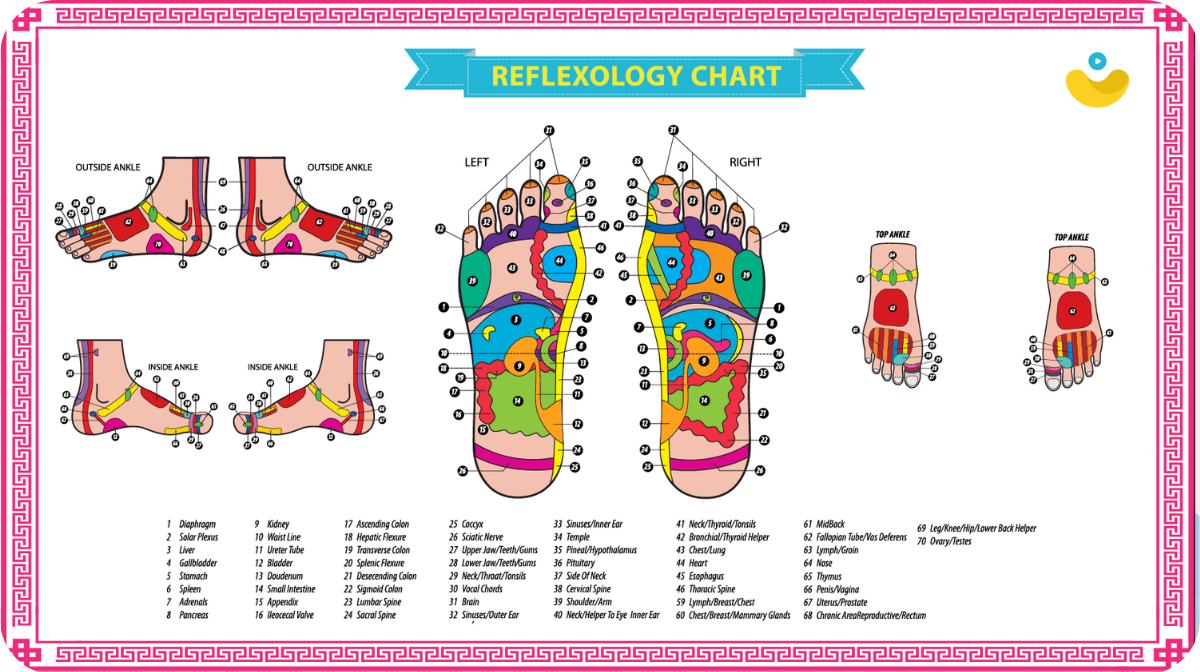
Although popular throughout Eastern cultures, with a history that likely dates back millennia, the practice in the West can be traced to the work of Dr. William Fitzgerald. An ENT working in the first three decades of the twentieth century, he called his initial theory “Reflex Zone Therapy,” and used it—among other applications—as a stand-in for anesthesia in some surgical procedures.
The practice gained traction over time, and has been employed to address a wide variety of health conditions, from simple fatigue to cancer. Modern reflexology eventually evolved and split into related but distinct therapies. They include:
- The Ingham Method: Developed in the 1930s by Eunice Ingham, this method is primarily used to relieve tension and pain.
- Vertical Reflexology Technique (VRT): Also sometimes referred to as “The Booth Method”, this practice involves manipulation of hands and feet while bearing weight, to produce the desired therapeutic response.
- Five-Element Reflexology: One of the oldest schools of reflexology, this is based on the foundation of ancient Chinese medicine: that all healing stems from the “five elements” of water, fire, metal, earth, and wind. Practitioners believe that all energy flowing through the body is associated with one of these five elements.
- Morrell Reflex Touch: The most recent development in reflexology, this method was developed by British practitioner Patricia Morrell, and has been used to moderate the effects of cancer and cancer treatment, including pain management and nausea reduction.
- Rwo Shur Reflexology Method: Popular throughout Asia and Australia, this offshoot involves fast, deep manipulation of pressure points, including using a special stick and a cream to speed the manipulation of pressure points.
- Hot Stones Reflexology: This unusual therapy involves using hot and cold stones in addition to pressure, to stimulate energy points and prompt healing.
Unlike some other complementary practices, reflexology has been the subject of a significant number of clinical studies. The bulk of these have been conducted in Asia and throughout China. For instance, A 2011 Korean study found that reflexology had an impact on helping nursing home residents sleep, and several South Korean and Chinese studies have found that reflexology may reduce pain originating from a range of conditions. Multiple studies have actually found reflexology to have a measurable impact on pain and anxiety. Research has been less conclusive on the treatment’s efficacy on specific diseases such as diabetes, or multiple sclerosis. The therapy appears to be best suited to treating symptoms, rather than underlying disease.
Share some love if you like this post!

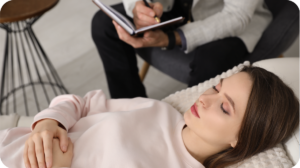
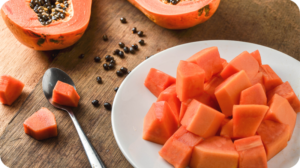
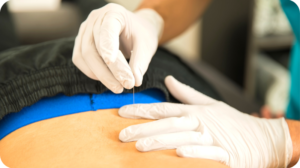
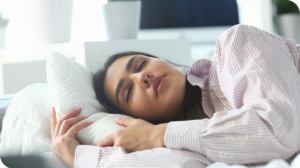

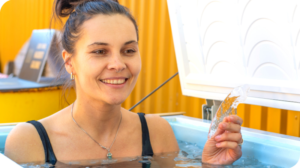

1 comment
Comments are closed.